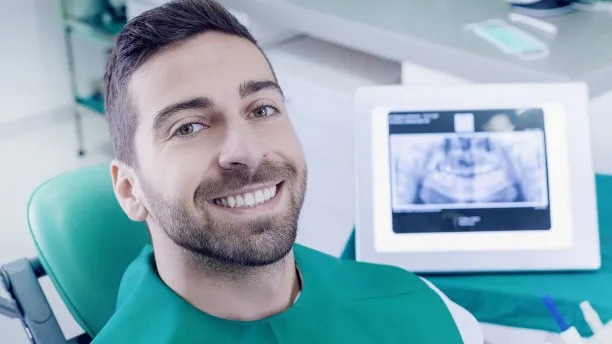The Essential Guide to Extracting a Tooth Safely and Managing Post-Procedure Care
Summary: Extracting a tooth can be a daunting experience for many, but with careful planning and following proper procedures, it can be handled safely and effectively. This guide covers the essential aspects of tooth extraction, including preparation for the procedure, the extraction process itself, aftercare strategies to ensure healing, and what to expect during recovery. Each section aims to provide a comprehensive overview that equips readers with necessary knowledge and practical tips to alleviate any anxieties and promote a smooth recovery process.
1. Preparation for Tooth Extraction

Before the extraction procedure, preparation is crucial in ensuring a smooth and safe experience. Knowing what to expect can significantly reduce anxiety and promote a better outcome. Patients should consult with their dentist regarding the necessity of the extraction, discussing both the reasons for the procedure and any potential risks involved.
A thorough medical history is essential, as certain underlying conditions can influence the procedures safety. Informing the dentist about current medications, allergies, or previous dental issues can help mitigate potential complications during the extraction.
In addition, patients are typically advised to avoid eating or drinking for several hours prior to the appointment, especially if sedation will be used. Having a trusted friend or family member present can further ease anxiety and provide necessary support after the procedure.
2. The Tooth Extraction Process
The tooth extraction procedure itself generally follows a well-established process. Initially, the dentist will administer local anesthesia to numb the area around the tooth to minimize discomfort during the extraction. For patients who experience anxiety or have extensive procedures, sedation may be an option.
Once the area is numb, the dentist uses specialized tools to loosen the tooth from its socket. Depending on the tooths condition and position, the extraction may be straightforward or more complex, requiring additional techniques. It is essential to follow the dentists instructions during this phase, as agitation can sometimes complicate the extraction process.
After the tooth has been removed, the dentist will provide instructions for care, including methods to control bleeding and pain management. Gauze pads are often placed to help clotting, and patients should be advised to avoid physical exertion immediately following the extraction.
3. Post-Procedure Care Guidelines
Post-extraction care plays a pivotal role in facilitating recovery and avoiding complications. One of the most critical aspects is managing bleeding. Patients should bite down on gauze pads placed over the extraction site to encourage clot formation. If bleeding persists after a few hours, it is advisable to contact the dental office.
Pain management is another essential consideration. Non-prescription medications like ibuprofen or acetaminophen can help alleviate discomfort, but patients should consult their dentist for personalized recommendations. In some cases, prescription pain relievers may be necessary, primarily if the extraction was more complicated.
Eating and drinking also require attention during recovery. For the first 24 hours, patients should stick to soft foods and avoid hot liquids, straws, and hard or chewy items that could disrupt the healing process. Staying hydrated is essential, but caution should be exercised to prevent dislodging the clot.
4. Recovery and What to Expect
Recovery from a tooth extraction varies from person to person, but understanding the typical timeline can help manage expectations. Initial swelling and discomfort are common, peaking 24 to 48 hours after the procedure. Ice packs can be helpful in managing swelling during this time.
Most of the discomfort and swelling should gradually subside within a week, but complete healing of the extraction site may take several weeks. During this time, patients should monitor for any signs of infection, including increased pain, swelling, or fever, and report these symptoms to their dentist promptly.
It’s also vital to maintain proper oral hygiene throughout recovery while avoiding the extraction site until it has adequately healed. Regular check-ups with the dentist can ensure that recovery is proceeding as expected, and any concerns can be addressed early on.
Summary:
In summary, extracting a tooth safely requires careful preparation, a well-executed procedure, and diligent post-operative care. By following these guidelines, patients can significantly reduce discomfort and risk of complications, ensuring a smoother recovery experience. Educating oneself about the process prepares patients mentally and physically for the procedure, leading to a more positive dental journey.
This article is compiled by Vickong Dental and the content is for reference only.


